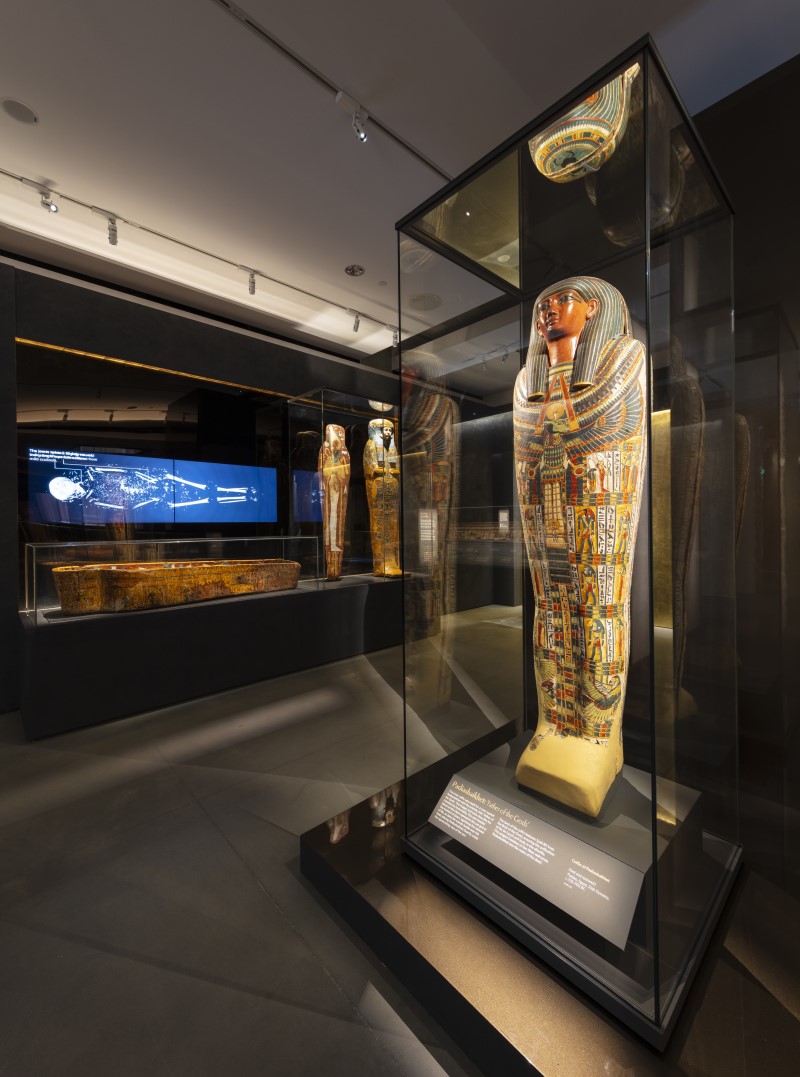Australian Museum removes Egyptian Body Parts from Galleries

The Chau Chak Wing Museum has removed unwrapped mummified body parts from its Egyptian galleries.
The University of Sydney's museum is home to Australia’s largest permanent collection of Egyptian antiquities, a holding of more than 5,000 items, including mummified human and animal remains. More than 300 items are on display at any one time.
The remains of two mummified bodies (Meruah and Horus), their 3D visualisations generated from CT scans, and CT scan data of another mummified body (Mer-Neith-it-es) remain on display. Materials excavated from the coffin of Mer-Neith-it-es, including an endocast (internal cast) of the skull, resin and wax ear, and glazed pottery beads, have also been removed, to accommodate a new display.
Unwrapped ancient Egyptian mummified body parts will be returned to the Museum’s closely monitored collection store while the museum works to implement better practices with Egyptian communities and authorities.
Replacing the display of body parts is a selection of ancient Egyptian funerary faces from coffin lids and masks which covered the deceased and helped transform them into an eternal being, the underlying principle of mummification. Also on display is a painted portrait from the Roman era.
“For hundreds of years body parts in museum collections have been treated as objects,” said Dr Melanie Pitkin, Senior Curator of the museum’s Nicholson Collection. “We have become so accustomed to seeing them on show that we often forget they once belonged to living people.”
Dr Pitkin said the changes come after extensive research into attitudes towards the ethics and display of human remains undertaken with museum visitors, and Egyptian communities locally and abroad. This included a survey of museum goers, a weekend of intensive focus groups with 17 members of the Egyptian-Australian community from Sydney, Melbourne and Adelaide, and an in-depth survey for local Egyptians who have visited the Chau Chak Wing Museum.
The museum is also planning to reframe the language and messaging around human remains. This includes the renaming of ‘The Mummy Room’ in consultation with Egyptian communities for next year.
“The word mummy derives from the Arabic word mūmiya, meaning bitumen, which refers to how a mummified body looked after resins were applied.” said Dr Pitkin. “It’s a colonial term embraced when Egyptomania took hold in Western cultures in the 19th century.
“In renaming the room we’d like to focus more on the transformation of the body into an eternal being, which is the whole point of mummification, rather than the body itself. We also encourage visitors to critically reflect on the ethical complexities museums face when caring for human remains.”
